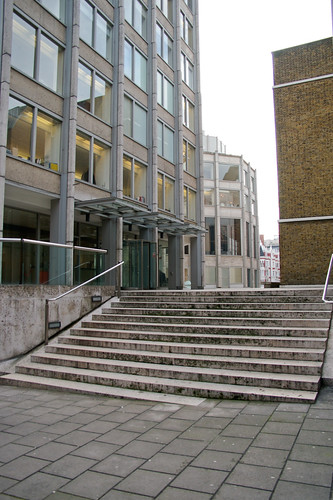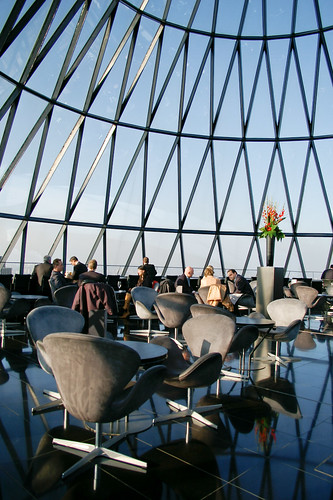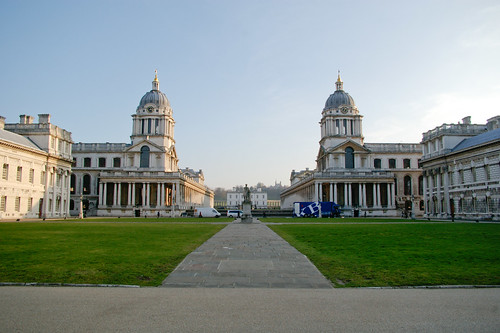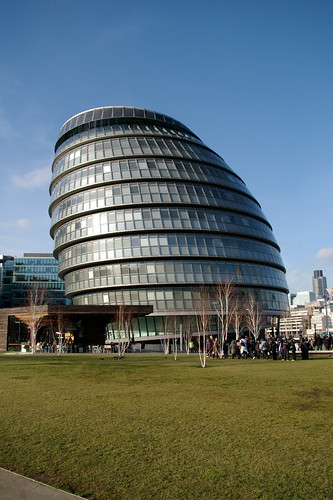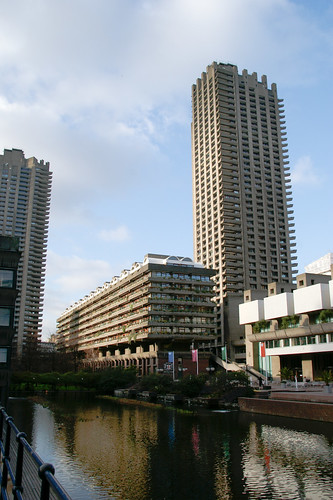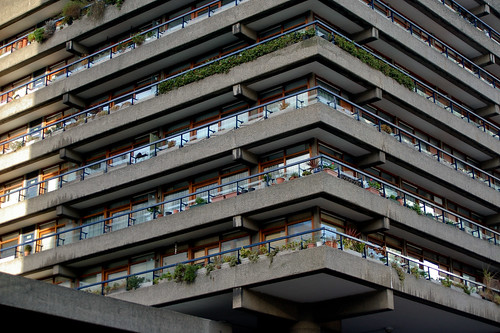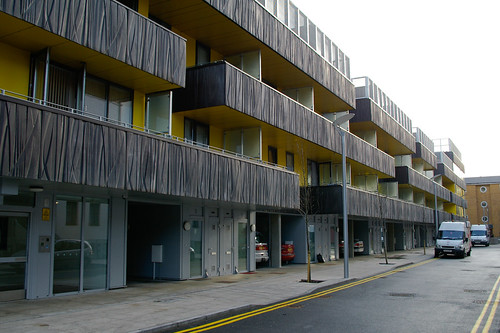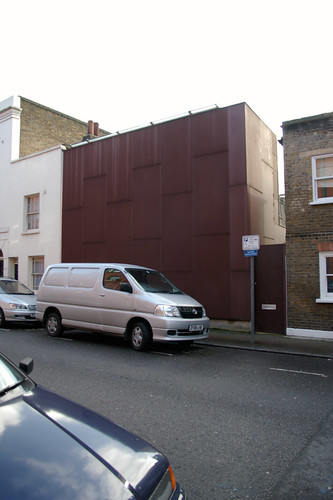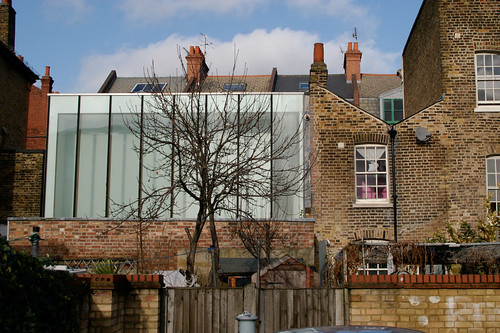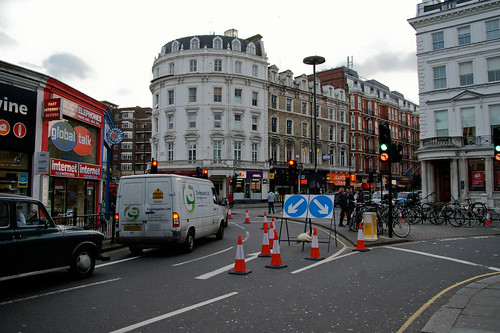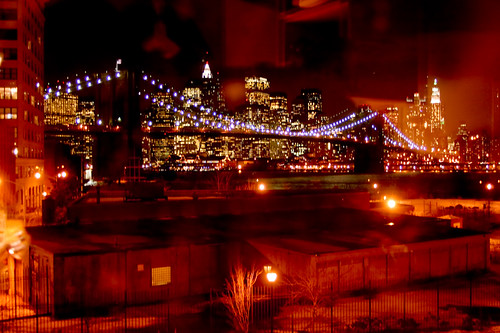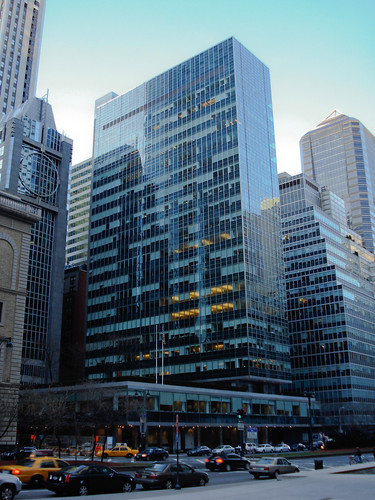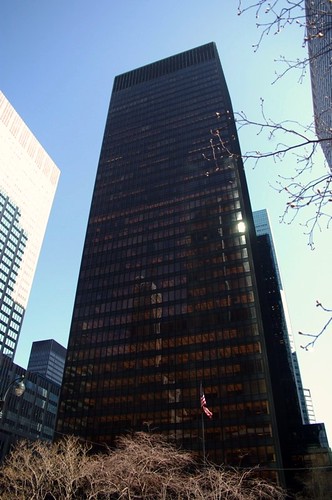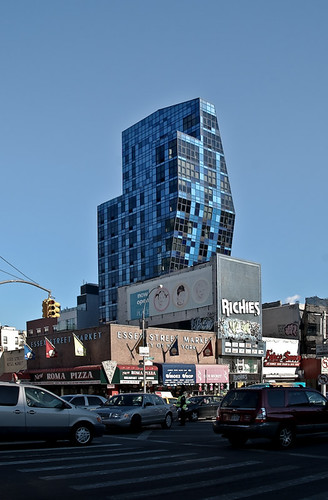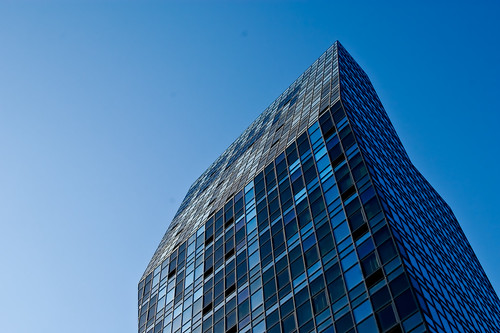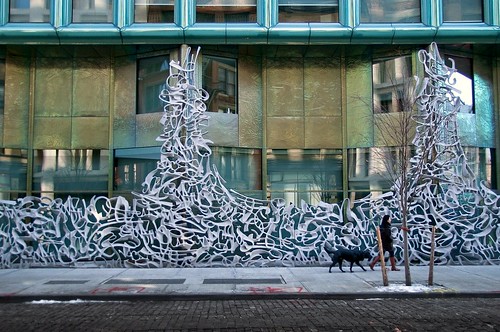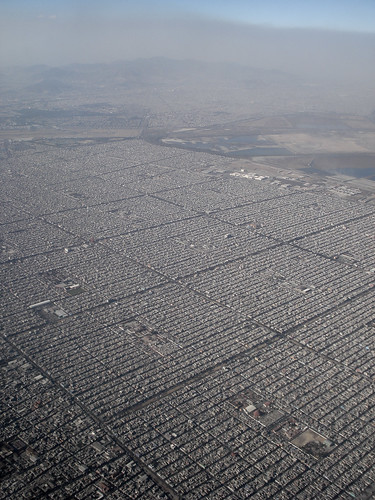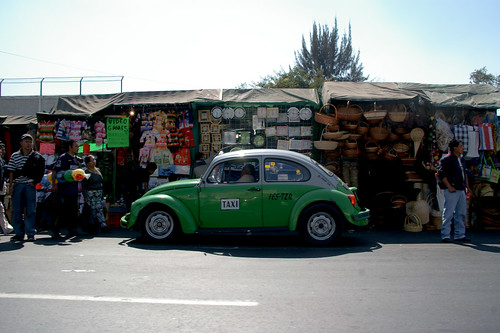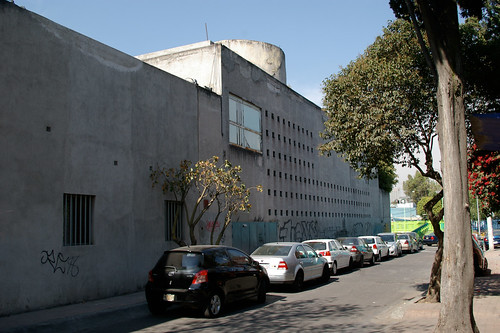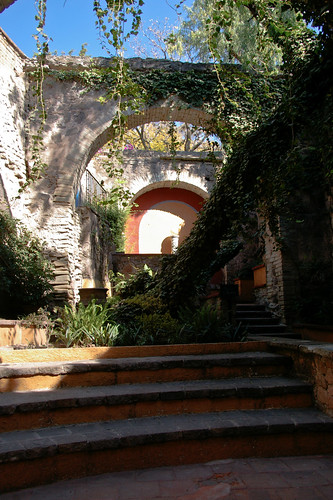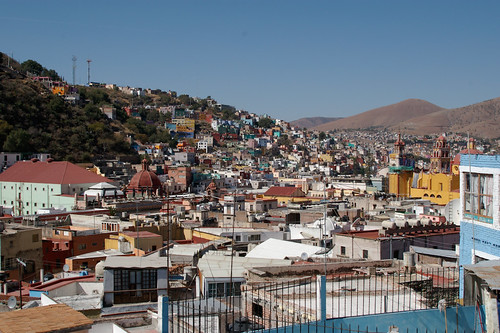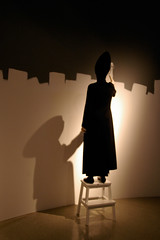
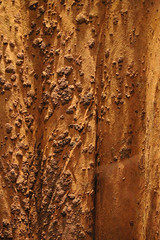
Everytime I have visited London there is at least one exhibition on which I really want to see. Last year it was the Jean Prouve exhibition, this time it was the
Hussein Chalayan exhibition at the
Design Museum. Despite repeatedly referencing the work of Chalayan during my studies and being fascinated by his unique combination of fashion, art, culture and unusual and innovative use of materials I had never actually seen one of his pieces in reality and could not recall having seen a photograph of his famous graduate show pieces.
Born in Nicosia, Cyprus in 1970, Chalayan moved to London and graduated from Central St. Martins College in 1993. His graduate collection, The Tangent Flows, featured silk dresses that had been covered in iron filings, buried for months and then exhumed. The texture and color variations of the dresses are incredible and beautiful in an unexpected way.
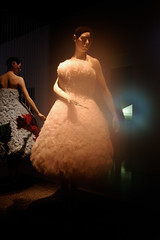
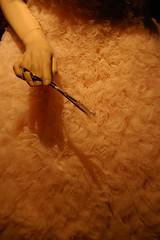
Chalayan has a studio in East London and during the last 15 years has produced fashion collections, exhibitions and art installations as well as short films and costumes for opera and dance performances.
The range of ideas that are fused into a beautifully crafted single garment gives the work a depth and richness that is rare in fashion. Chalayan explores ideas drawn from genetics, aeronautics, technological progress, displacement, migrancy and cultural identity. Themes which are derived from his own history and cultural identity and experience of living and working in London. ‘He describes himself as being part-Aegean, part-Anatolian, part-Balkan and part-Mediterranean filtered through the synthesizer of London.’
The textures and rich materiality of the garments was something that I had not been able to appreciate from photographs and was struck by how unusual the materials of the garments were and yet how effortless the application of the materials felt.
It was an inspiring exhibition which left me thinking about how one can represent ideas through design in a subtle yet rich manner and the qualities of the work that triggered those ideas. The exhibition was a very comfortable size and each room carefully curated to allow the viewer to focus on each piece and follow the development and themes of his work as one moved from room to room.


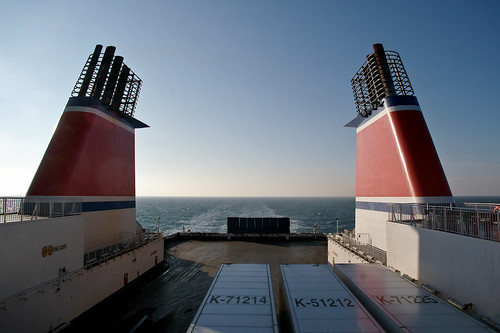


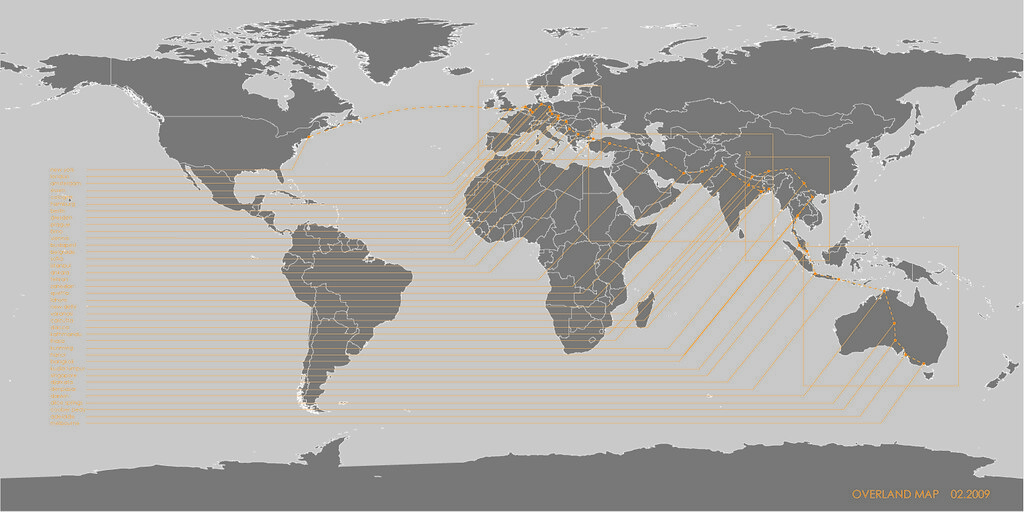
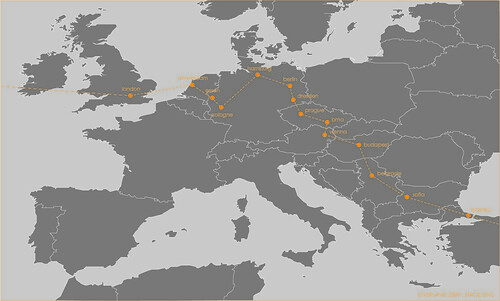 OVERLAND : STAGE 1
OVERLAND : STAGE 1